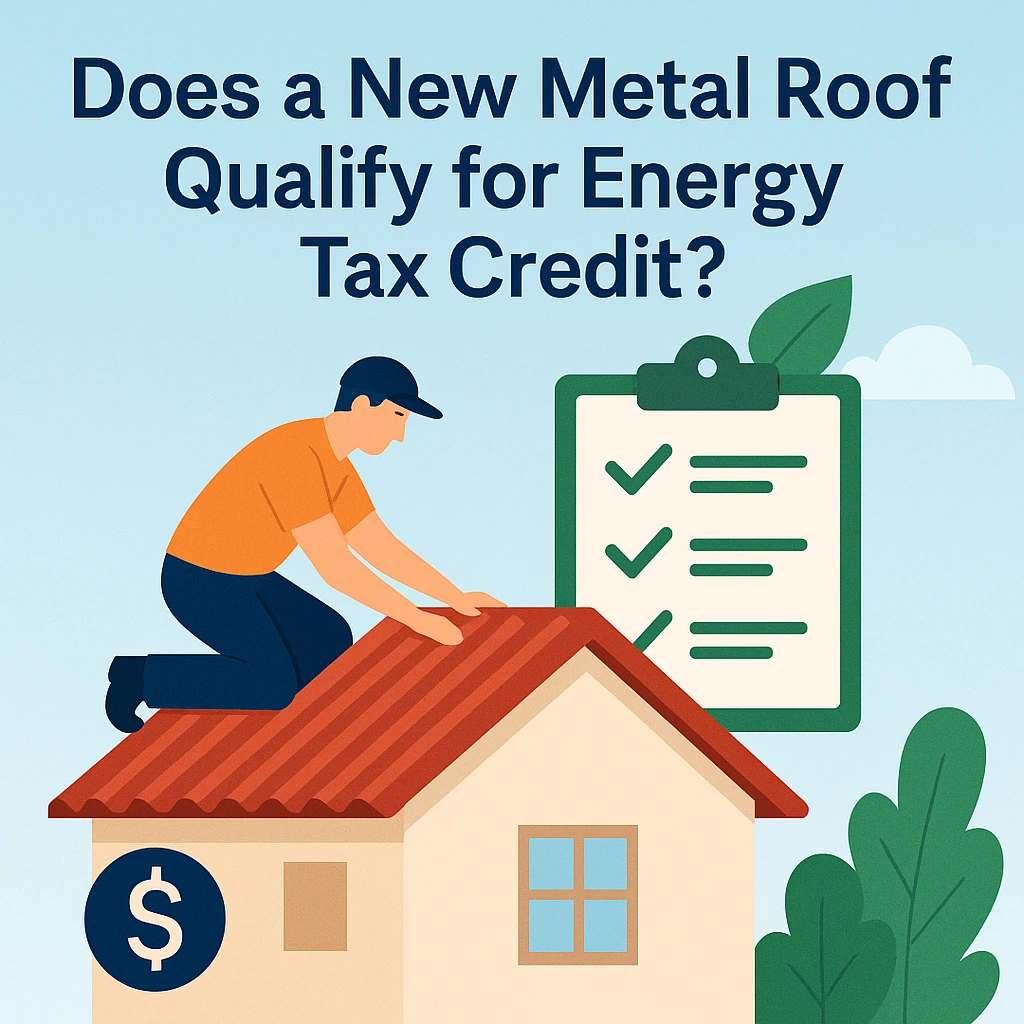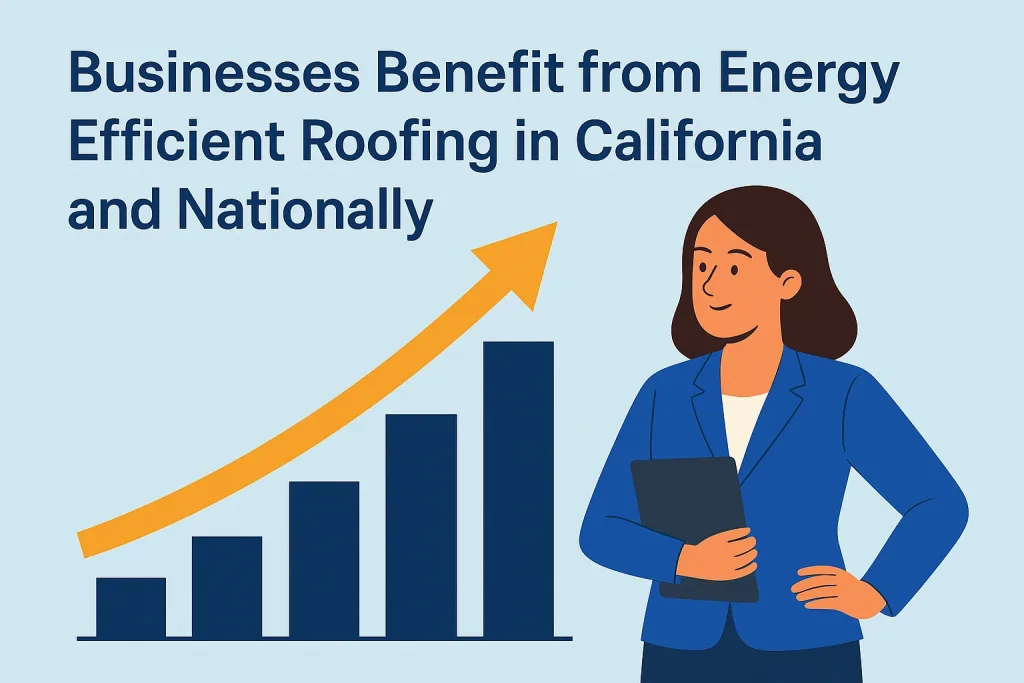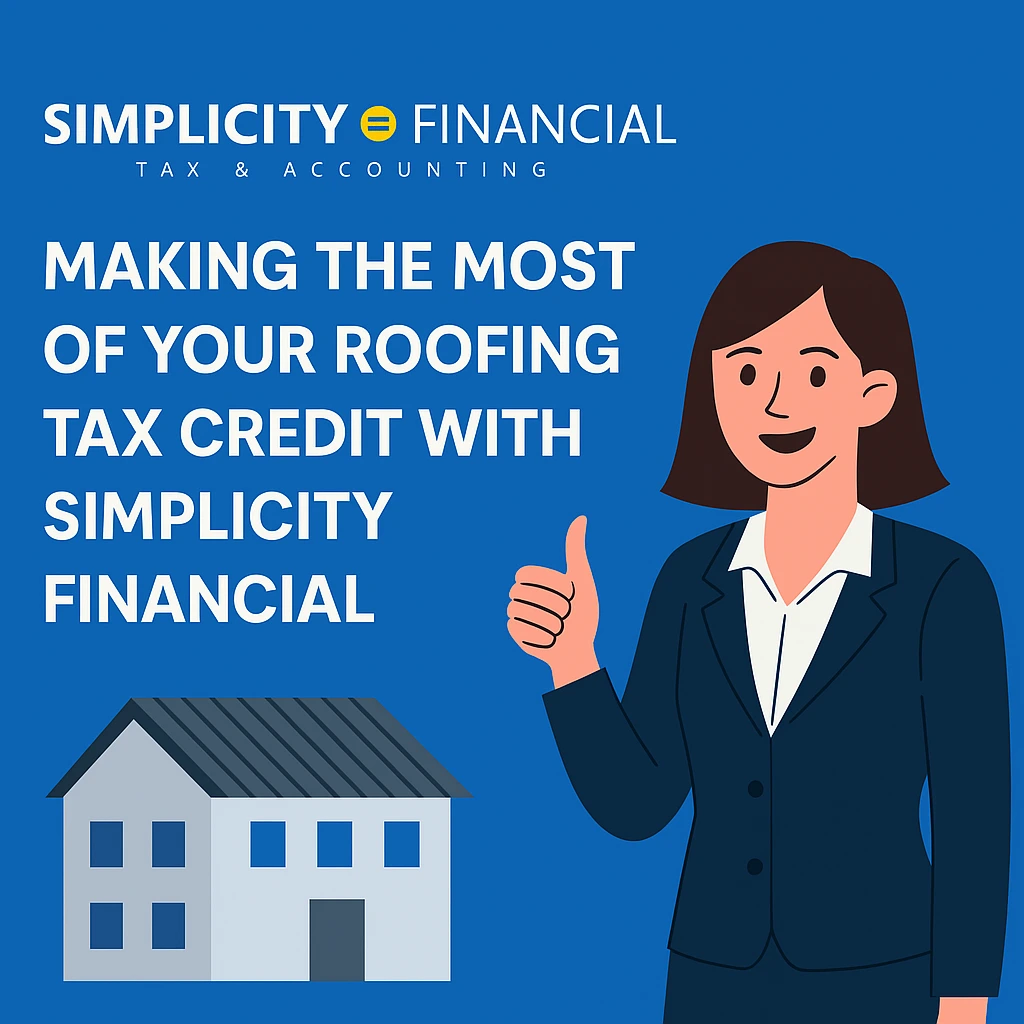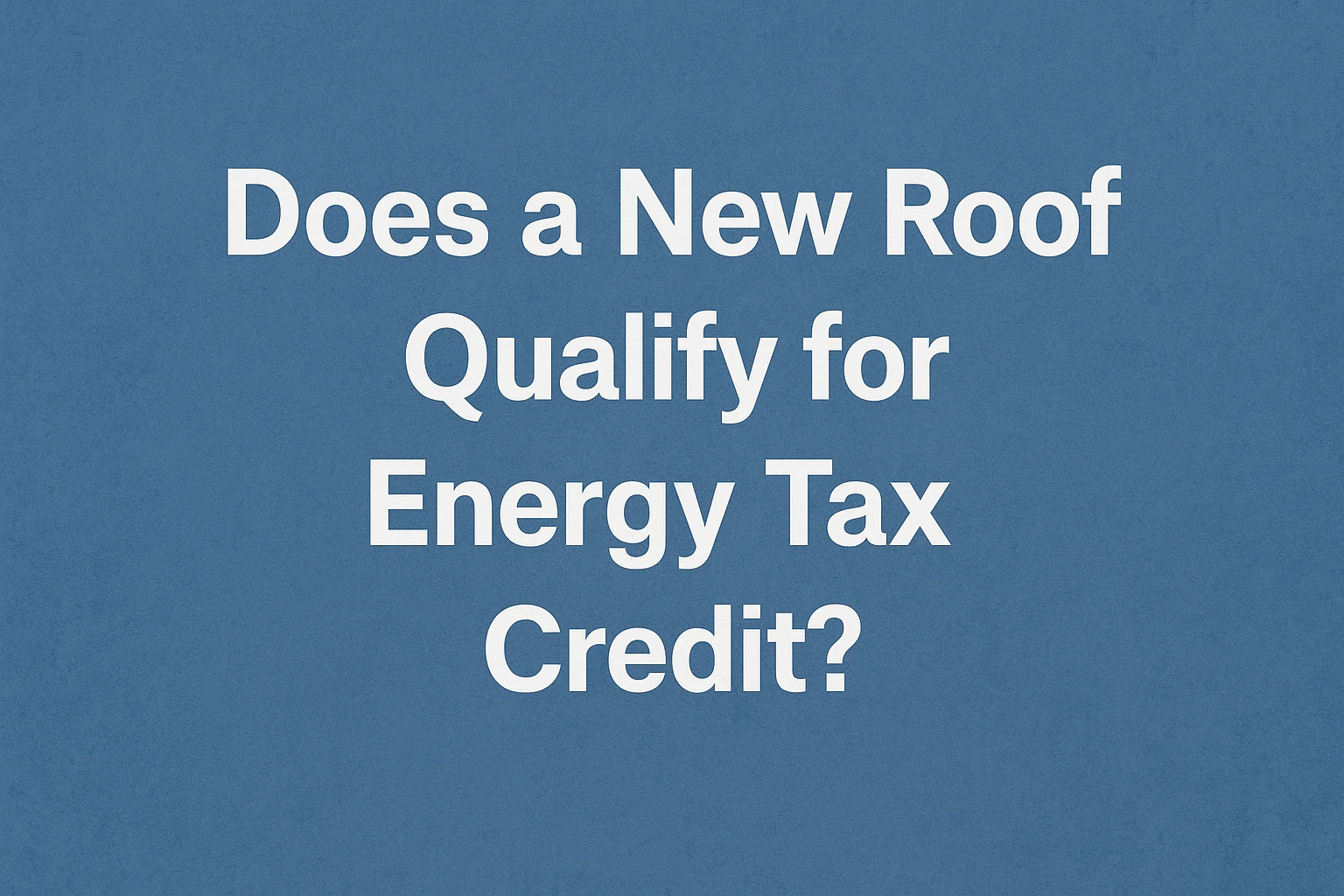How Does a New Roof Qualify for Energy Tax Credit?
When it’s time to replace your roof, the cost can make any homeowner wonder if there’s some financial relief available through tax incentives. The big question is — does a new roof qualify for energy tax credit? The answer depends on the materials, installation date, and compliance with federal energy efficiency standards.
The IRS and ENERGY STAR programs allow certain roofs to qualify for a federal tax credit if they help reduce energy consumption. However, not every roof replacement automatically qualifies. Understanding which upgrades meet the requirements can help you save money while improving your home’s energy performance.
If you’re unsure whether your roof replacement qualifies or how to claim it, Simplicity Financial can guide you through the tax preparation process.
✨ Ready to maximize your energy savings? Contact us today to find out how your roof improvements might qualify for tax credits!
To determine whether your roofing energy tax credit applies, the IRS looks at the type of material used and whether it meets ENERGY STAR® efficiency standards. According to ENERGY STAR’s official site, qualifying roofs must use certified materials that reflect more sunlight and reduce surface temperature, such as metal or asphalt with cooling granules.
If you’re asking, “Does a new roof qualify for a tax credit?” — yes, but only if it’s designed to lower energy costs by improving your home’s efficiency. The federal tax credit roof program typically allows homeowners to claim up to 30% of qualifying expenses under the Energy Efficient Home Improvement Credit, capped at $1,200 annually.
Who We Are: Trusted Tax Professionals Focused on Your Financial Clarity

At Simplicity Financial, we believe understanding your finances shouldn’t be complicated — especially when it comes to navigating tax credits and deductions for home or business improvements. Our team of experienced CPAs and financial strategists helps individuals and companies make confident, informed decisions that align with long-term goals.
From tax preparation outsourcing to outsourced bookkeeping and fractional CFO services, we offer the tools and insight needed to stay compliant while optimizing every financial opportunity — including credits for energy-efficient investments like new roofing systems.
With years of experience across California and beyond, we’re committed to accuracy, transparency, and forward-thinking financial strategy. Whether you’re a homeowner exploring the roofing energy tax credit or a business seeking long-term sustainability savings, our mission is simple: to help you save time, reduce stress, and achieve financial peace of mind.
Upgrading your home’s roof or HVAC system? Discover how Silicon Valley Clean Energy rebates add even more value to energy-efficient improvements.
Is a New Roof Considered an Energy Efficient Improvement?
Many people wonder, “Is a new roof considered an energy efficient improvement?” The answer depends on whether your new roof enhances energy conservation. ENERGY STAR-certified “cool roofs” and certain metal roofing systems are recognized for reducing heat absorption — helping homes stay cooler in summer and lowering air conditioning costs.
These tax credits for roof replacement fall under broader home energy efficiency improvements. Replacing your roof may qualify if you use reflective materials or coatings that meet the standards for roofing tax credit eligibility.
For business owners, commercial roofs may fall under Section 179 tax deduction, which allows accelerated depreciation for certain energy-saving property improvements. This is a great option for property managers investing in long-term sustainability.
Does a New Metal Roof Qualify for Energy Tax Credit?

If you’re specifically wondering, “Does a new metal roof qualify for energy tax credit?” — the good news is yes, in many cases it does. ENERGY STAR-certified metal roofing materials with appropriate pigmented coatings qualify for credits when installed on your primary residence.
These coatings reflect solar energy, helping regulate indoor temperatures and reduce utility bills. According to the CoolCalifornia Cool Roofs Action Guide, installing a “cool” or metal roof can also extend the life of your roofing system by minimizing heat-related damage.
When planning your installation, make sure your roofing contractor provides the manufacturer’s certification statement — you’ll need this document to claim the roofing energy tax credit on your tax return.
How to Claim the Roofing Energy Tax Credit
To claim the roofing tax credit, homeowners must complete IRS Form 5695, “Residential Energy Credits.” This form allows you to enter details about your energy-efficient improvements, including roofing materials, solar panels, or insulation upgrades. You’ll then apply the calculated credit directly to your federal tax return.
If you’re unsure how to file, Simplicity Financial’s tax preparation and outsourcing team can handle the process for you. Our specialists ensure your documentation meets all IRS standards and that you claim every credit you’re eligible for.
What Roofs Are Eligible for Energy Credit?
Not every roof qualifies, so it’s important to confirm eligibility before installation. Are roofs eligible for energy credit if they’re simply new or well-insulated? Unfortunately, no — traditional asphalt shingles typically do not meet ENERGY STAR criteria unless they contain reflective granules.
Qualifying roofing materials include:
- Metal roofs with cooling pigments or coatings
- Asphalt roofs with ENERGY STAR-rated reflective granules
- Roofs installed on primary residences (not rentals or secondary homes)
For homeowners in California, additional programs like the CA Clean Energy Rebate offer incentives for energy-efficient home upgrades, including roofing and insulation improvements.
Businesses Benefit from Energy Efficient Roofing in California and Nationally

Business owners can benefit too. While residential homeowners rely on the federal tax credit roof incentive, commercial property owners can utilize accelerated deductions for building improvements. A qualified fractional CFO can help structure these investments to align with your business’s long-term financial plan.
Additionally, companies investing in energy-efficient upgrades can leverage specialized outsourced bookkeeping services to track energy rebates, depreciation schedules, and sustainability reporting — ensuring full compliance and optimized tax outcomes.
Is a New Roof an Energy Efficient Improvement for 2025?
As of 2025, is a new roof an energy efficient improvement under federal law? Yes — provided it meets the updated requirements of the Inflation Reduction Act (IRA) energy provisions. The credit applies to roofing systems installed after January 1, 2023, through 2032, making this a great time to invest in sustainable home upgrades.
If you’re planning to renovate, talk to a tax professional before committing to a roofing project. The eligibility details can be complex, but a trusted advisor can confirm whether your project meets the criteria for the tax credit new roof program.
Making the Most of Your Roofing Tax Credit With Simplicity Financial 💡

Replacing your roof is a major investment, but with proper planning, it can also be a tax-smart move. Whether you’re installing a metal roof, reflective asphalt shingles, or another energy-saving option, Simplicity Financial helps homeowners and business owners claim their credits accurately.
📞 Take advantage of your energy incentives today! Contact Simplicity Financial to get personalized guidance on how to claim your roofing energy tax credit.
Disclaimer
This article is for informational purposes only and should not be taken as financial or tax advice. Always consult a qualified accountant or check with local tax authorities for the most accurate and up-to-date information.
Frequently Asked Questions About Roofing Energy Tax Credits
- Does new roof qualify for energy credit?
Yes, if the roofing materials meet ENERGY STAR’s standards for reflective or energy-saving performance. - Is a new roof considered an energy efficient improvement?
Only if it includes materials or coatings that reduce heat gain and improve efficiency. - Are roofs eligible for energy credit on rental homes?
No, the roofing tax credit applies only to primary residences. - Does a new metal roof qualify for energy tax credit?
Yes, certified metal roofing systems often qualify under federal energy programs. - Where can I get professional help claiming my roofing tax credit?
You can consult Simplicity Financial on Google Maps for expert tax support and filing assistance.




